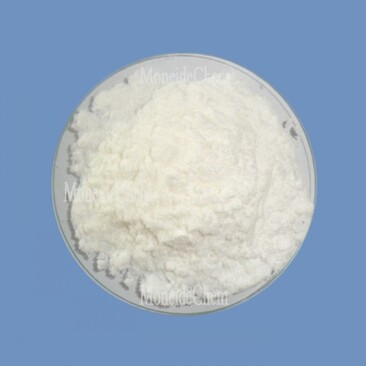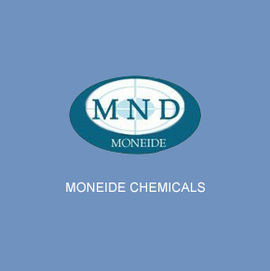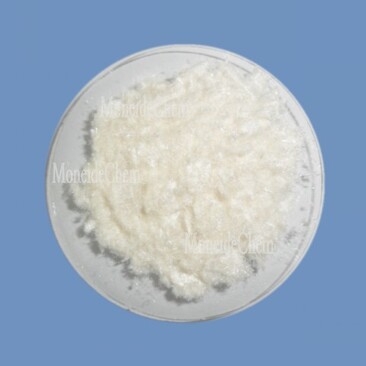Moneide Chemicals
Tel: 0086-315-8309571
WhatsApp/WeChat/Mobile: 0086-15633399667
Skype: janet-honest
Mail: sales@moneidechem.com
Address: 2-7-523 Jidong Building Materials Commercial Center, Tangshan, Hebei 064000 China
Copper Sulfate Plating Solutions Durable & Efficient Metal Coating
- Time of issue:يونيو . 03, 2025 07:16
(Summary description)Tangshan Moneide Trading Co., Ltd. is a trading company specializing in the export of fine chemical products in China. Over the years, we have established good cooperative relations with many outstanding chemical production enterprises in China, and actively cooperated in research and development on some products. Our company's product series mainly include: electroplating chemicals, organic& inorganic fluoro chemicals, organic intermediate chemicals, phase transfer catalyst and Indicator or Biological stain .
- Categories:Company dynamic
- Author:
- Origin:
- Time of issue:2019-12-30 10:55
- Views:
(copper sulfate plating solution) Copper sulfate plating solutions form the backbone of numerous industrial electroplating processes, serving as the electrolyte for depositing high-quality copper coatings. The fundamental chemical composition involves copper ions (Cu²⁺) dissolved in sulfuric acid, creating an electrically conductive bath where copper cations migrate to the cathode workpiece. These solutions operate at approximately 20-40°C with cathode current densities ranging from 2-8 A/dm². Industrial data indicates acid copper sulfate solutions account for 68% of all copper electroplating applications globally, with alkaline alternatives covering specialized niches. The versatility stems from copper's exceptional electrical conductivity (5.96×10⁷ S/m) and ductility, making it indispensable for electronics, automotive, and decorative applications where functional performance outweighs decorative appeal. Contemporary acid copper sulfate plating solution While alkaline formulations excel in zinc substrate adhesion and waste treatment simplicity, data from industry adoption reveals acid copper sulfate solutions dominate where deposition speed, conductivity, and thickness uniformity are critical. Automotive connector plating favors acid systems due to 15-20% faster cycle times and superior through-hole distribution. Conversely, alkaline pyrophosphate solutions maintain advantage for coating magnesium alloys and specialized engineering applications. Leading suppliers differentiate through proprietary additive systems rather than base chemistry. Atotech's patented accelerator-leveler synergy provides 25% better low-current density coverage in HDI PCB manufacturing compared to generic formulations. BASF's low-foam technology reduces drag-out losses by 18% in high-speed reel-to-reel plating. DuPont's stabilizer chemistry extends bath life to 15+ cycles in aerospace applications through advanced chloride control and organic breakdown prevention. Specialized applications demand tailored copper sulfate plating formulations beyond standard offerings. Through-hole PCB plating requires high-throw formulations like MacDermid's V-TEC CU 700 series, achieving aspect ratio coverage up to 12:1. Roll plating operations utilize specialized brighteners resistant to oxidation at current densities above 30ASF. Decorative applications incorporate dual-carrier systems for high reflectivity (>85% gloss) while automotive suppliers require copper deposits with <100 ppm organic carbon content to prevent hydrogen embrittlement. Recent developments include pulse-plating formulations enabling 99.999% pure copper deposits for superconducting applications and micro-alloyed coatings with 30% higher thermal cycling resistance. These custom solutions typically require proprietary ratio balancing between primary brighteners (0.5-10ml/L), secondary brighteners (1-15ml/L), and carrier compounds (20-80ml/L) based on production parameters. Semiconductor packaging plants report 0.9µm uniform copper redistribution layers using optimized copper sulfate solutions with ±0.05µm thickness variation across 300mm wafers. Automotive relay manufacturers achieved 30% cycle time reduction through pulse-reverse plating of copper sulfate formulations engineered for 150% higher peak current tolerance. In printed circuit board fabrication, via fill applications demonstrate void-free plating at 250µm depth using leveler-enhanced solutions. Decorative hardware manufacturers reduced waste treatment costs by 45% after switching to cyanide-free alternatives with equivalent adhesion performance. Hard disk drive producers confirm deposit stress control within ±2000 psi using modified copper sulfate baths, enabling production of read/write heads with 8nm copper seed layers. These implementations consistently validate process stability windows 55% wider than traditional alkaline systems. Environmental innovations are transforming copper sulfate plating operations through closed-loop recovery systems achieving 98% copper reclamation from drag-out rinses. Advanced electrolyte purification units extend bath life beyond 10 MTO (metal turnovers) while reducing sludge generation by 70% compared to conventional carbon treatment. Copper-specific ion exchange resins enable rinsate recycling with <1ppm copper discharge, eliminating conventional wastewater treatment needs. BASF's modular EcoNex™ purification system demonstrates 32% reduction in chemical consumption through real-time additive monitoring and regeneration. Future developments focus on carbon-neutral processes incorporating renewable energy-powered plating lines and biodegradable leveler compounds. These eco-innovations position acid copper sulfate solutions as sustainable metal finishing options with recyclability exceeding 99%. (copper sulfate plating solution)
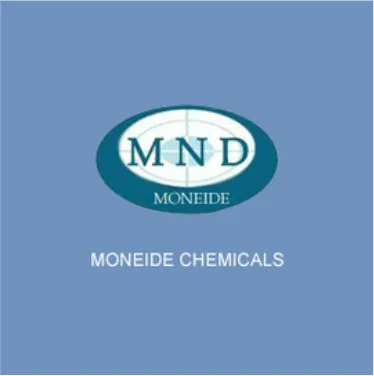
Copper Sulfate Electroplating: Essential Principles and Industry Significance
Key Technical Advantages of Modern Acid Copper Formulations
s deliver substantial improvements over traditional formulations through proprietary additive packages. Brightener systems containing sulfur-based organic compounds enable mirror-bright deposits at throwing power exceeding 85% across complex geometries. Modern leveler agents reduce surface roughness to ≤0.2µm Ra while improving micro-throwing power by 40% compared to decade-old formulations. Carrier compounds with polyether chemistry ensure consistent grain refinement, generating deposit hardness up to 120 Vickers without compromising ductility. These advances translate to significant cost savings: Electronics manufacturers report 17% reduction in reject rates when using advanced copper sulfate solutions due to superior pit-free deposition. Additionally, modern formulations demonstrate 30% longer bath life through stabilized copper dissolution mechanisms and robust impurity tolerance.Performance Comparison: Acid vs Alkaline Copper Plating Approaches
Parameter
Acid Copper Sulfate
Alkaline Copper Pyrophosphate
Alkaline Copper Cyanide
Plating Speed (µm/min)
0.6 - 1.2
0.4 - 0.8
0.3 - 0.7
Cathode Efficiency
98 - 100%
90 - 98%
60 - 75%
Throw Power on Complex Shapes
80 - 90%
70 - 85%
65 - 80%
Operating Temperature Range
20 - 40°C
50 - 60°C
55 - 65°C
Tensile Strength (MPa)
220 - 380
210 - 350
190 - 320
Evaluating Leading Copper Plating Solution Manufacturers
Provider
Product Range
Key Innovation
Waste Reduction Tech
Atotech
Cupracid® series
Multi-layer additive control
Electrolytic Cu recovery
MacDermid Enthone
Copper Gleam™
Organic brightener synergy
Ion-selective filtration
BASF
Reladye® Copper
Low-foam carrier chemistry
Closed-loop recycling
DuPont
Elektroplate®
Self-leveling grain refinement
Anodic membrane cells
Customized Solution Development for Specific Operational Needs
Industry-Specific Performance Results and Implementation Cases
Sustainable Advancements in Copper Sulfate Plating Solutions
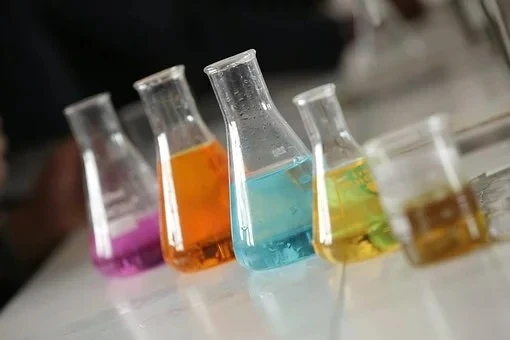
FAQS on copper sulfate plating solution
Here is a set of 5 FAQs in English, structured with H3 tags for questions, using "Q:" for questions and "A:" for answers, all within the specified constraints. The content revolves around the : copper sulfate plating solution, acid copper plating solution, and alkaline copper plating solution.
Q: What is a copper sulfate plating solution?
A: A copper sulfate plating solution is an electrolyte that deposits a thin copper layer onto substrates during electroplating. It contains copper sulfate, sulfuric acid, and additives for stability. This solution is commonly used for decorative finishes and electronics applications.
Q: What distinguishes acid copper plating solution from alkaline copper plating solution?
A: Acid copper plating solution has a low pH with sulfuric acid, offering high deposition speeds and bright coatings. Alkaline copper plating solution uses cyanide or organic bases for a higher pH, providing better adhesion on sensitive materials like plastics. The choice depends on substrate compatibility and coating quality needs.
Q: What are the main components of a copper sulfate plating solution?
A: Key components include copper sulfate for copper ions, sulfuric acid to maintain conductivity, and chloride ions for anode corrosion control. Additives like brighteners improve deposit uniformity. This formulation ensures efficient plating in industrial processes.
Q: Where is alkaline copper plating solution commonly applied?
A: Alkaline copper plating solution is often used for zinc-based die-cast parts to prevent acid damage. It's ideal for printed circuit boards and electronic components due to its ductile deposits. This solution also serves as a pre-coating layer before nickel plating.
Q: What benefits does acid copper plating solution offer?
A: Acid copper plating solution provides excellent leveling and high deposition rates for thick coatings. It's cost-effective for large-scale industrial use and offers enhanced corrosion resistance. Additionally, it's favored for decorative applications like automotive trim.









